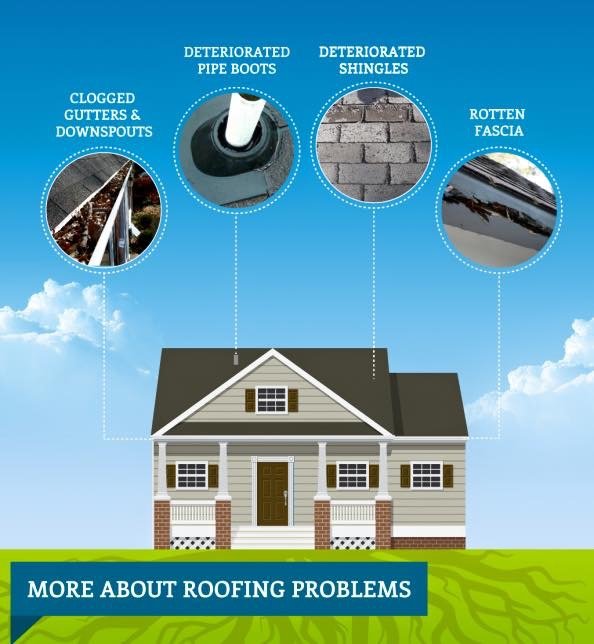The Expedition To Figure Out The Optimal Photovoltaic Panel Type For Your Household Begins At This Point, With Essential Considerations Awaiting Your Interest-- Are You All Set To Proceed?
The Expedition To Figure Out The Optimal Photovoltaic Panel Type For Your Household Begins At This Point, With Essential Considerations Awaiting Your Interest-- Are You All Set To Proceed?
Blog Article
elon musk solar energy company Composed By-Lim Walker
When it comes to choosing the right solar panels for your home, the options can be overwhelming. Each type offers distinct benefits and trade-offs, making it crucial to determine which factors align ideal with your goals. Whether your focus gets on effectiveness, cost-effectiveness, or looks, there's a solar panel kind that can satisfy your demands. So, prior to you decide, consider the essential aspects that will impact your solar energy system's performance and viability for your home.
Monocrystalline Solar Panels
When taking into consideration photovoltaic panels, you might find monocrystalline solar panels. These panels are understood for their high efficiency prices due to their building and construction from a solitary continual crystal structure. This style permits monocrystalline panels to do better in low light conditions contrasted to other sorts of solar panels. Additionally, their streamlined black appearance makes them a preferred choice for household installments, blending in perfectly with many roofs.
One crucial advantage of monocrystalline photovoltaic panels is their area effectiveness. They require much less space to create the exact same amount of power as various other solar panel kinds, making them perfect for homes with limited roof covering area.
While monocrystalline panels tend to be more pricey ahead of time, their long-term longevity and effectiveness commonly make them a cost-efficient investment in the world of solar energy. If you focus on effectiveness and looks in your solar panel selection, monocrystalline panels could be the best choice for your home.
Polycrystalline Solar Panels
Polycrystalline photovoltaic panels, also called multicrystalline photovoltaic panels, offer an alternative choice to monocrystalline panels. These panels are made from silicon crystals that are melted with each other, creating a less uniform look contrasted to monocrystalline panels.
One of the key advantages of polycrystalline panels is their lower production expense, making them a more economical alternative for house owners looking to purchase solar power.
While https://2000wattsolarpanel08652.idblogz.com/29827097/check-out-the-realm-of-solar-motivations-and-uncover-ways-to-accomplish-financial-savings-that-will-exceed-your-expectations may have a somewhat lower effectiveness rate contrasted to monocrystalline panels, they still use a reliable and cost-effective means to generate solar power for your home. These panels do well in heats and are a long lasting option for a range of climates.
If you have a larger roofing room and are looking to optimize your power production without breaking the bank, polycrystalline panels could be the best option for you.
When taking into consideration photovoltaic panel alternatives for your home, it's essential to consider the cost-effectiveness and performance of polycrystalline panels against your energy requirements and budget plan restrictions.
Thin-Film Solar Panels
Moving on to Thin-Film Solar Panels, these panels provide a special choice to standard silicon-based options like polycrystalline panels. Thin- photovoltaic systems utilize solar energy by are lightweight and adaptable, making them simpler to set up on numerous surfaces like rounded roofs or walls. They're likewise a lot more aesthetically pleasing, assimilating effortlessly with the style of your home.
Nevertheless, it's essential to keep in mind that thin-film panels commonly have reduced performance rates contrasted to crystalline silicon panels. solar panel installs indicates you may need even more space to produce the same amount of electrical energy.
On the bright side, thin-film panels perform much better in low-light conditions and have a lower temperature level coefficient, indicating they can create more power on hot days. If you have adequate space and are searching for a functional and aesthetically attractive solar panel option, thin-film panels could be an excellent choice for your home.
Conclusion
To conclude, when choosing the very best photovoltaic panel type for your home, consider your power needs, spending plan, and room constraints. Monocrystalline panels supply high performance in restricted area, while polycrystalline panels provide a cost-effective choice with trusted efficiency. Thin-film panels give flexibility and aesthetic charm yet may have lower performance prices. By weighing these aspects, you can choose the solar panel type that finest fits your particular demands.
